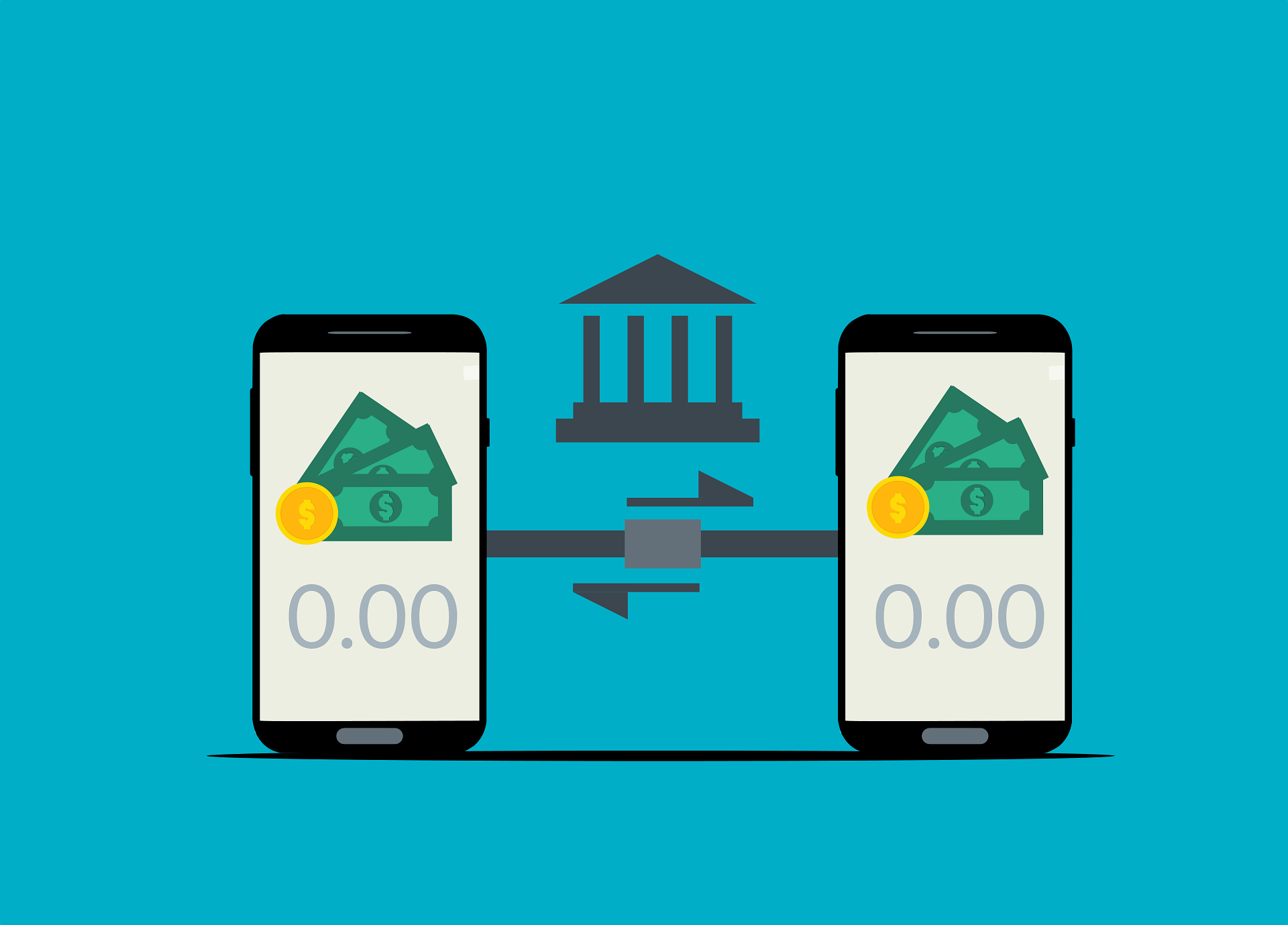Digital transactions are now an essential part of our everyday lives in the rapidly evolving world of technology. The ease and effectiveness of digital transactions, from mobile banking to online shopping, have completely changed how we do business and conduct financial transactions. The development of digital transactions, their effects on different industries, and the upcoming trends influencing the digital payment landscape are all covered in this article.
1. The Evolution of Digital Transactions
Since their inception, digital transactions have advanced significantly, moving from straightforward online purchases to intricate financial transactions carried out through a variety of platforms and channels. With the advent of e-commerce websites and online payment gateways in the 1990s, digital transactions have their origins in the early years of the internet. Over the years, advancements in technology, security, and user experience have transformed digital transactions into a seamless and ubiquitous aspect of modern life.
Table: Milestones in the Evolution of Digital Transactions
| Milestone | Description |
|---|---|
| Introduction of Online Banking | Banks begin offering online banking services, allowing customers to check balances and transfer funds remotely. |
| Emergence of E-Commerce Platforms | The rise of e-commerce platforms such as Amazon and eBay revolutionizes the way consumers shop and make purchases online. |
| Introduction of Mobile Wallets | Mobile wallet apps such as Apple Pay and Google Pay enable users to make secure payments using their smartphones. |
| Expansion of Cryptocurrency | The introduction of cryptocurrencies such as Bitcoin and Ethereum offers an alternative form of digital currency for online transactions. |
| Integration of Contactless Payments | Contactless payment methods such as NFC technology and QR codes enable fast and convenient transactions in-store and online. |
2. The Impact of Digital Transactions
From banking and retail to healthcare and entertainment, the broad use of digital transactions has had a significant impact on a number of industries. Companies have used digital transactions to increase revenue, enhance customer experiences, and streamline operations. Contrarily, consumers have profited from the ease, accessibility, and security of digital transactions, which have made it easier for them to handle their money and make purchases.
Table: Impact of Digital Transactions on Industries
| Industry | Impact |
|---|---|
| Retail | Digital transactions have transformed the retail industry, enabling online shopping and omnichannel experiences for consumers. |
| Banking | Digital banking services offer customers 24/7 access to their accounts, online bill pay, and mobile check deposits, revolutionizing traditional banking. |
| Healthcare | Digital transactions facilitate electronic health records, telemedicine appointments, and online prescription refills, improving access to healthcare services. |
| Entertainment | Streaming services and digital content platforms offer subscription-based models for accessing movies, music, and other media content online. |

3. Trends Shaping the Future of Digital Transactions
The future of digital transactions is being shaped by a number of significant trends as technology develops further, such as the growth of peer-to-peer (P2P) transactions, the adoption of blockchain technology, and the popularity of mobile payments. Furthermore, as both businesses and consumers look for contactless and remote payment options, the ongoing COVID-19 pandemic has sped up the transition to digital transactions.
Table: Trends Shaping the Future of Digital Transactions
| Trend | Description |
|---|---|
| Mobile Payments | The proliferation of smartphones and mobile wallet apps is driving the adoption of mobile payments for in-store and online transactions. |
| Blockchain Technology | Blockchain technology offers secure and transparent transaction processing for cryptocurrencies and other digital assets. |
| Peer-to-Peer Transactions | P2P payment apps such as Venmo and PayPal enable users to transfer money to friends and family instantly, without the need for cash or checks. |
| Contactless Payments | Contactless payment methods such as NFC technology and QR codes are becoming increasingly popular for in-store and online transactions. |
Conclusion
To sum up, in the digital age, digital transactions have completely changed how we engage with businesses and carry out financial transactions. The ease and effectiveness of digital transactions, from mobile payments and contactless transactions to online banking and e-commerce, have completely changed how we handle our money and make purchases. Businesses must change to satisfy the increasing demand for safe, easy, and convenient digital payment solutions as technology advances and customer preferences change.
Businesses can position themselves for success in an increasingly digital world by knowing how digital transactions have evolved, how they have affected different industries, and what trends will shape the digital payment landscape in the future.
Sources:
TechCrunch: https://techcrunch.com
Statista: https://www.statista.com
Forbes: https://www.forbes.com
McKinsey & Company: https://www.mckinsey.com
Deloitte: https://www2.deloitte.com

